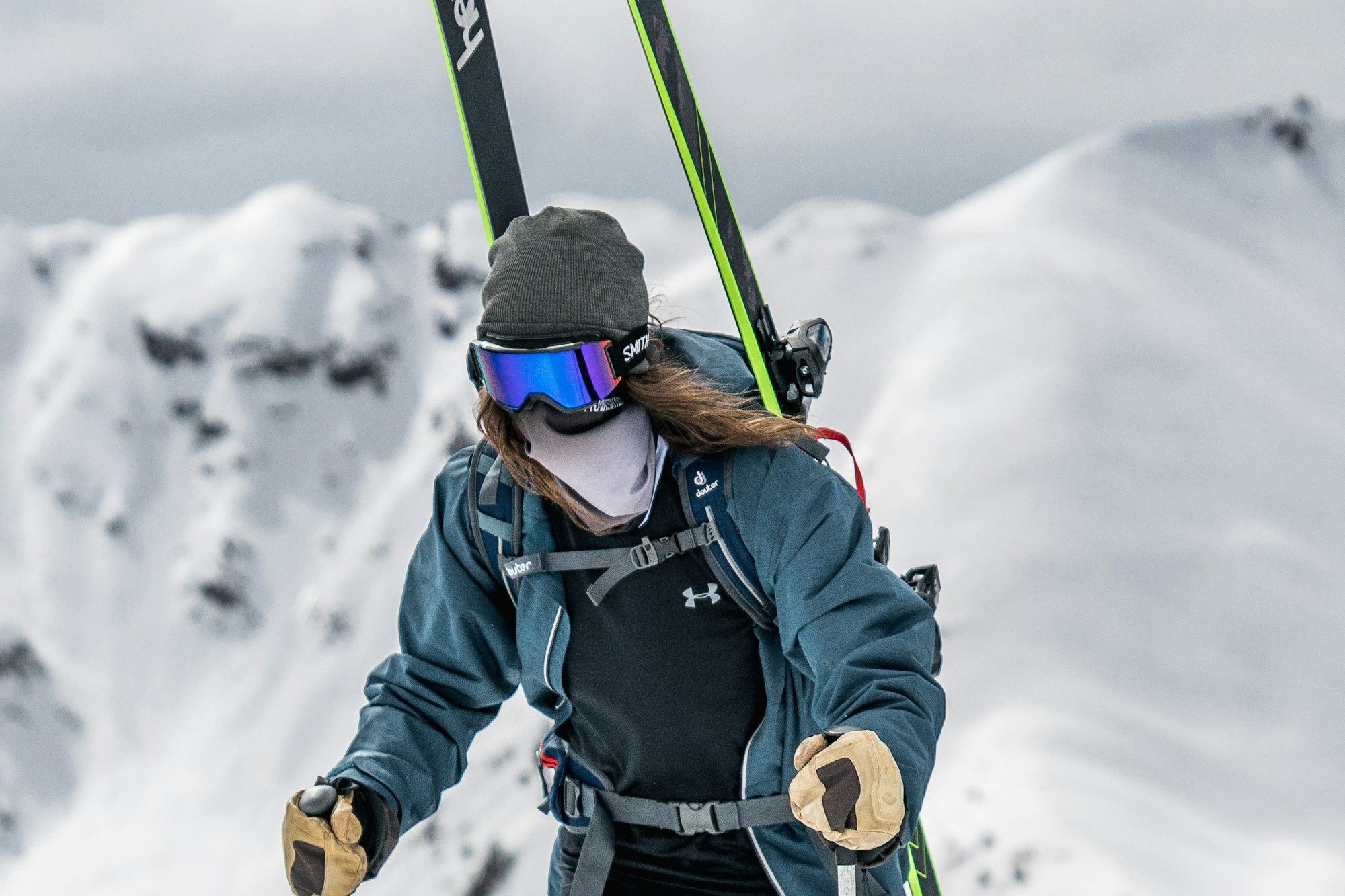While it’s often undervalued in relation to outerwear, baselayers can be the deciding factor in whether or not you have an awesome or awful day on the ski hill. And during the spring, when temperature swings are present, have the correct baselayer is even more crucial. From the materials used, to moisture wicking properties, temperature control and weight variations, a lightweight, moisture-wicking and odor-controlled baselayer can make or break your spring skiing experience. To better inform your next purchase, we’ve broken down the ins and outs of baselayer technology and construction for you, below
Merino wool vs. synthetic
More often than not, your baselayer will be made up of either synthetic fabric, Merino wool or a hybrid construction of both Merino and synthetic materials. The one material that should never be relied upon with regards to baselayers is cotton. It has zero moisture-wicking properties and its greatest strength is soaking up moisture (i.e. your sweat) which will leave you lugging around a heavy, wet garment all day long. In short, as Mama Boucher would put it in The Waterboy, “Cotton is the devil.” Now, onto the reliable materials.
Synthetic baselayers are often made from a combination of nylon and polyester. Synthetics are very good at wicking moisture away from the skin, leaving you dry and comfortable if you’re working up a sweat on the skin track or during spring skiing days at the resort. They’re also very elastic, allowing for a comfortable range of motion no matter your activity. Synthetics are generally the lightest baselayer construction, meaning you won’t be weighed down by your garments, which is particularly beneficial when backcountry skiing. Synthetic materials on there own are not very adept at odor control, but companies are coming up with new innovations to stave off stinky under garments. The Under Armour Women’s UA Base 3.0 crew long sleeve is an example of a synthetic baselayers.
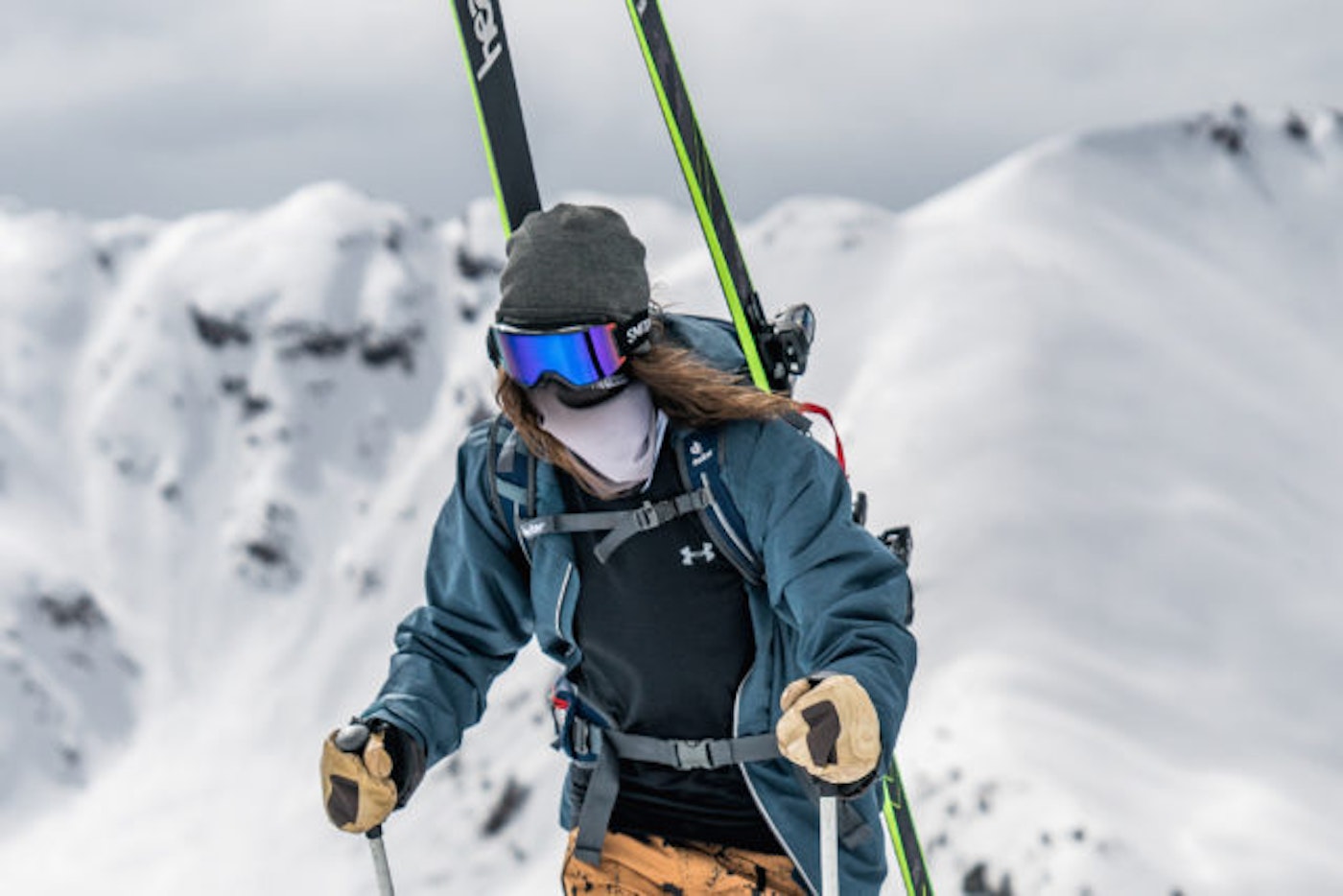
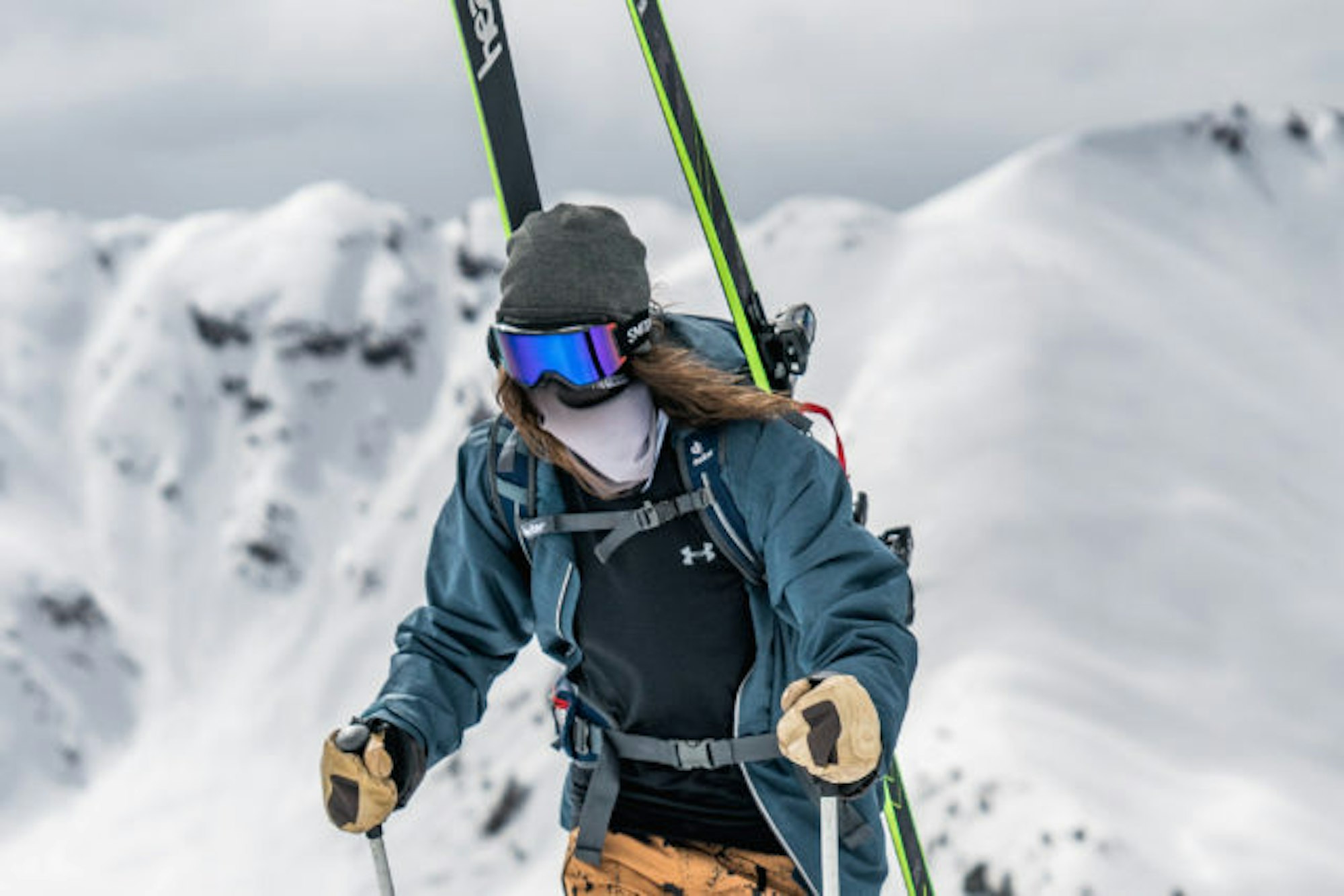
Merino wool is a natural wonder. It’s sourced from New Zealand sheep that have to deal with a wide range of weather conditions year round. Merino wool is incredibly breathable and well-adept at managing moisture. Perhaps the biggest pro with Merino wool, is its natural anti-odor characteristics, which means that your well-used garments won’t stink to high heavens even after multiple days of use.
As an added bonus, Merino wool has a natural flex pattern, due to its makeup of interlocking keratin—protein molecules that are present in human skin and hair—that allow it to be bent and pulled in any direction without damage. Merino can often come in at a high price point, however. Browse our online Buyer’s Guide to see an assortment of Merino wool baselayers.
Hybrid baselayers are fairly self-explanatory, utilizing a blend of materials to achieve the best character traits of wool and synthetic materials. Browse our online Buyer’s Guide to see an assortment of hybrid baselayers.
Temperature Control
Your baselayer’s biggest contribution is its ability to keep you at a comfortable temperature. Both Merino wool and synthetic baselayers offer beneficial temperature control attributes.
With synthetics, dealing with heat and humid conditions, both out of and inside your under garments, are its bread and butter, making it a great choice for spring or backcountry skiing. They’re often very thin and lightweight, and can move moisture away from the skin at a rapid rate, keeping you dry. While the lightest weight synthetic baselayers can be utilized in warmer conditions, grabbing mid- and heavyweight variations for deep winter will help keep you warm when the temperature is not. Lightweight synthetics really shine when the temperatures are warmer.
As for Merino, as your body warms up, whether due to exertion or outside temperature, your sweat is absorbed by its fibers and then moved out of the fabric, leaving you dry. The wool’s ability to move moisture away from your skin also helps to pump up the warmth factor. On the flip side, its ability to transport moisture vapor before it turns into moisture-laden sweat, helps keep you dry during sweaty spring treks on the skin track or big late-season days on the hill. In general, a Merino wool baselayer is at its best during colder days.
Weight Variations—Go for lightweight in the spring
While you’ll generally need to employ baselayers during the entirety of your ski season, utilizing different weights depending on temperature and activity, in the spring, you’ll want to ditch the heavyweight variety and stick to mostly lightweight and some midweight options.
Lightweight baselayers are very versatile—you can always utilize a down-powered midlayer to add warmth—and offer moisture-wicking properties with very little weight.
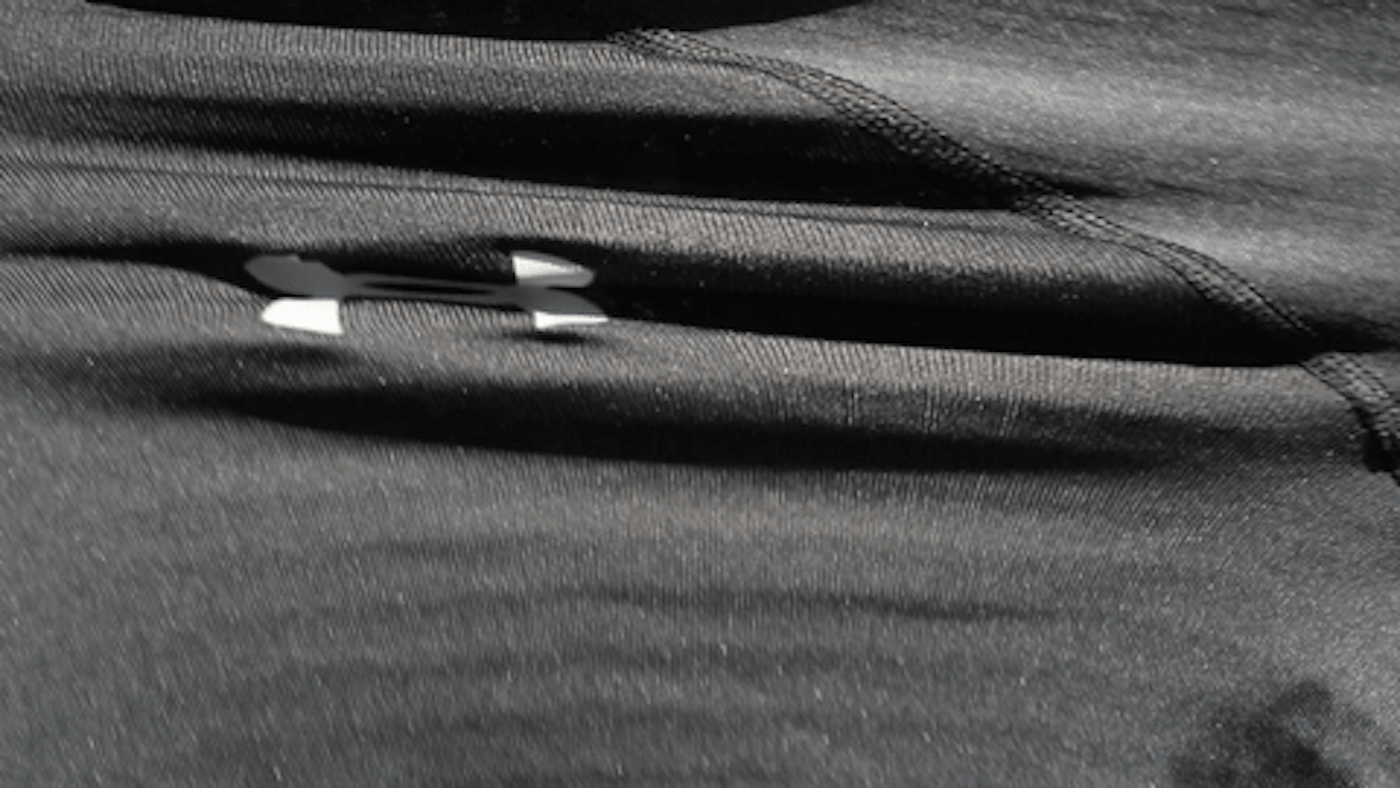
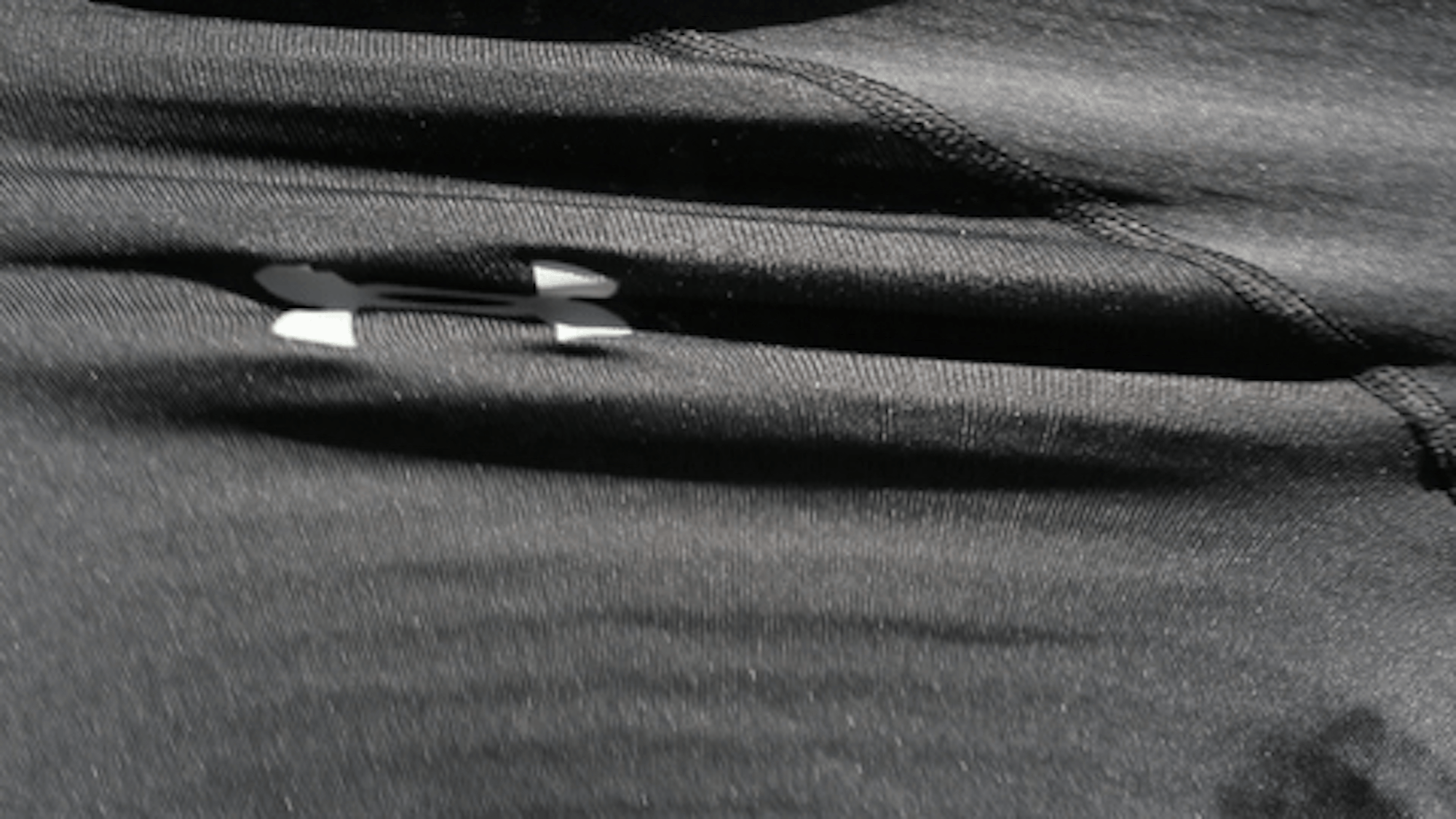
Midweight offerings can provide both a bit of insulation as well as wicking moisture. On colder spring days, you can layer a midweight garment over a thinner lightweight piece to maximize heat retention.
Associated Gear
Under Armour UA Base 2.0
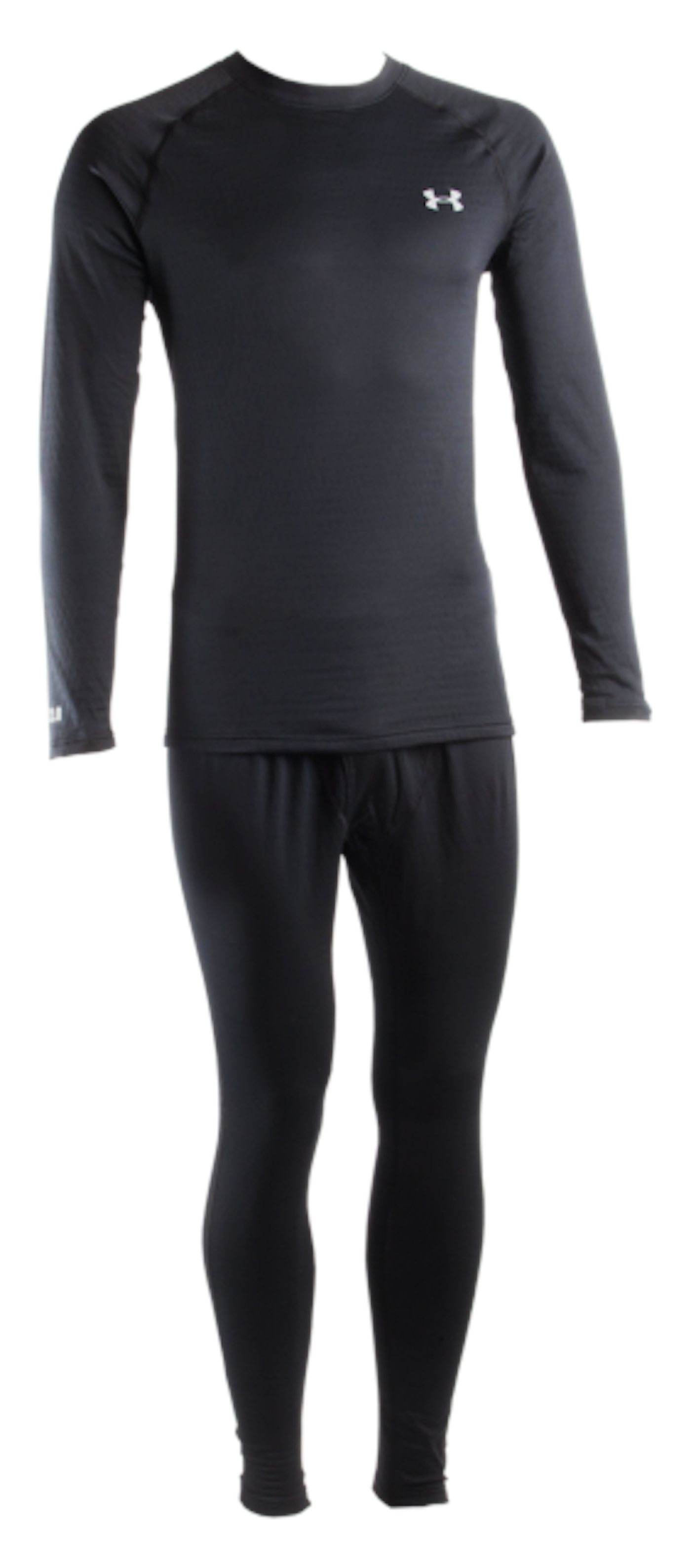
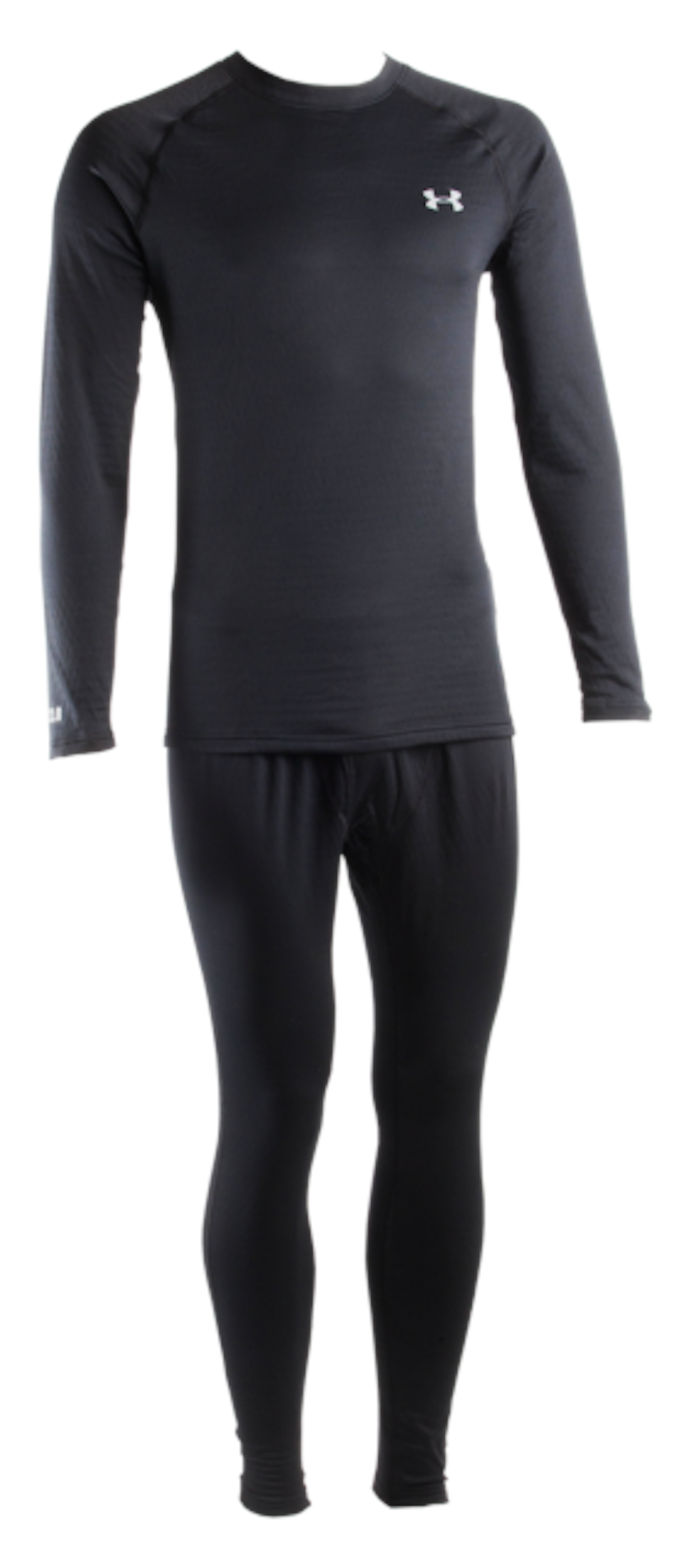
This synthetic baselayer combination comes in a midweight polyester/elastane build, allowing it to be relied upon in a variety of conditions and activities. The grid construction allows it to trap air and retain warmth while also moving moisture away from the skin and out of the garment. It’s a four-way stretch for optimal mobility and utilizes anti-odor properties to keep it from stinking.

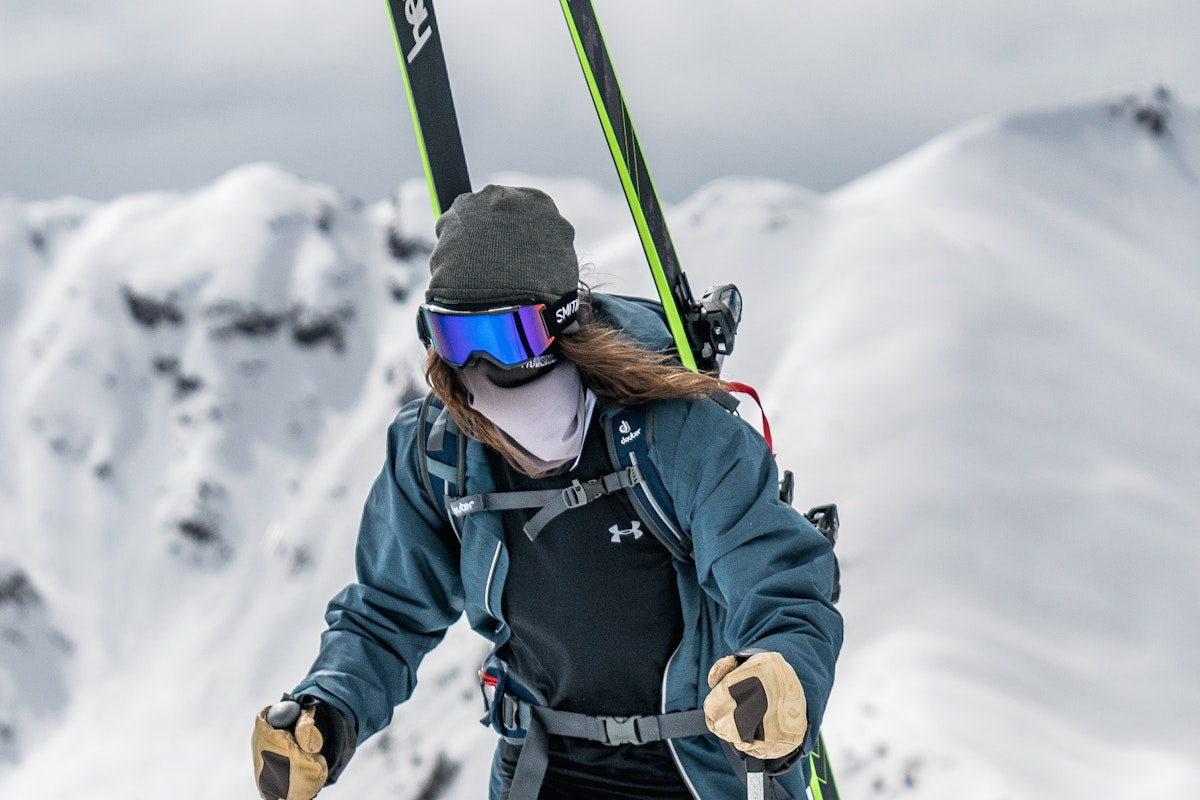
![[GIVEAWAY] Win a Head-to-Toe Ski Setup from IFSA](https://www.datocms-assets.com/163516/1765920344-ifsa.jpg?w=200&h=200&fit=crop)

![[GIVEAWAY] Win a Legendary Ski Trip with Icelantic's Road to the Rocks](https://www.datocms-assets.com/163516/1765233064-r2r26_freeskier_leaderboard1.jpg?w=200&h=200&fit=crop)

![[GIVEAWAY] Win a Legendary Ski Trip with Icelantic's Road to the Rocks](https://www.datocms-assets.com/163516/1765233064-r2r26_freeskier_leaderboard1.jpg?auto=format&w=400&h=300&fit=crop&crop=faces,entropy)




![[GIVEAWAY] Win a Head-to-Toe Ski Setup from IFSA](https://www.datocms-assets.com/163516/1765920344-ifsa.jpg?auto=format&w=400&h=300&fit=crop&crop=faces,entropy)


